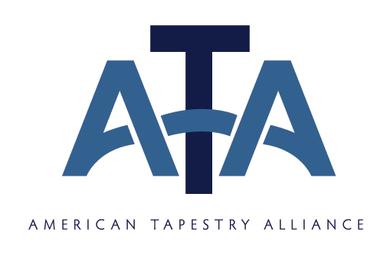
Stanley Bulbach
Iris, 2020
72 in x 36 in

Stanley Bulbach
Quercus, 2011
72 in x 36 in
Stanley Bulbach’s Artist Statement
Bulbach’s contemporary textile art embraces ancient technologies, beliefs, and functions. Carpets have covered cold hard ground and magically made it special, soft, and warm. For nomads at the end of the day’s travels carpets transformed foreign ground temporarily into a familiar comfortable home. For city dwellers, carpets provided much of the family furniture, including beds, couches, and storage bags. At end of life, carpets sometimes became shrouds in which to be buried. In Arabic lore, carpets could even fly. For example, the flying carpet Iris can take us in time of pandemic from this world to one beyond; or we can sleep and dream on the carpet bed, Quercus, in a light snowfall in the oak woods; or we can float atop the river and meditate on the surface’s reflections in the prayer carpet, The Hudson.
Throughout history, carpets have been prized as plunder and flaunted as conspicuous wealth. Carpets have been part of the historic dynamo driving economies and technological development. These are just some of the messages that this wonderful art form conjures up from our past as fascinating meaningful contemporary tapestry art for the wall, even before we begin to savor and feel the rich artistic colors, designs, and imagery.

Stanley Bulbach
The Hudson, 2016
72 in x 36 in
Stanley Bulbach’s Biography
Stanley Walter Bulbach was graduated from New York University, Washington Square with a B.A. in History of Religion and a strong background in mathematics, science and engineering. Then he earned an M.A. and a Ph.D. at NYU’s Hagop Kevorkian Center for Near Eastern Studies, researching the ancient Mesopotamian cultures, languages, and literature that are little remembered as the foundation of our technical Western society today.
Bulbach’s artist website is one of the most comprehensive contemporary fiber art sites on the Internet. It details the artwork he has created over the past four decades, the special materials he uses, and the meaning and importance of how this art form connects our present with our ancient past. During his career, no one else has published more detailed writing on the tenacious challenges of dogging art research practice in the field of fiber art, copies of which are available on his artist website. You are invited to visit his website and enjoy both his probative writing and his magical contemporary textile art all weaving together our past and present, and, quite probably, our future too.
